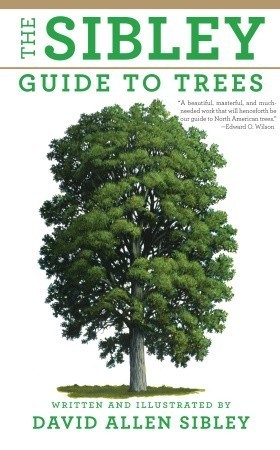What do you think?
Rate this book


426 pages, Flexibound
First published August 25, 2009
 ). My favorite for trees, but it doesn't do shrubs (in which case I'm stuck back with Peterson's, unless i can find it in Stokes: The Natural History of Wild Shrubs and Vines).
). My favorite for trees, but it doesn't do shrubs (in which case I'm stuck back with Peterson's, unless i can find it in Stokes: The Natural History of Wild Shrubs and Vines).